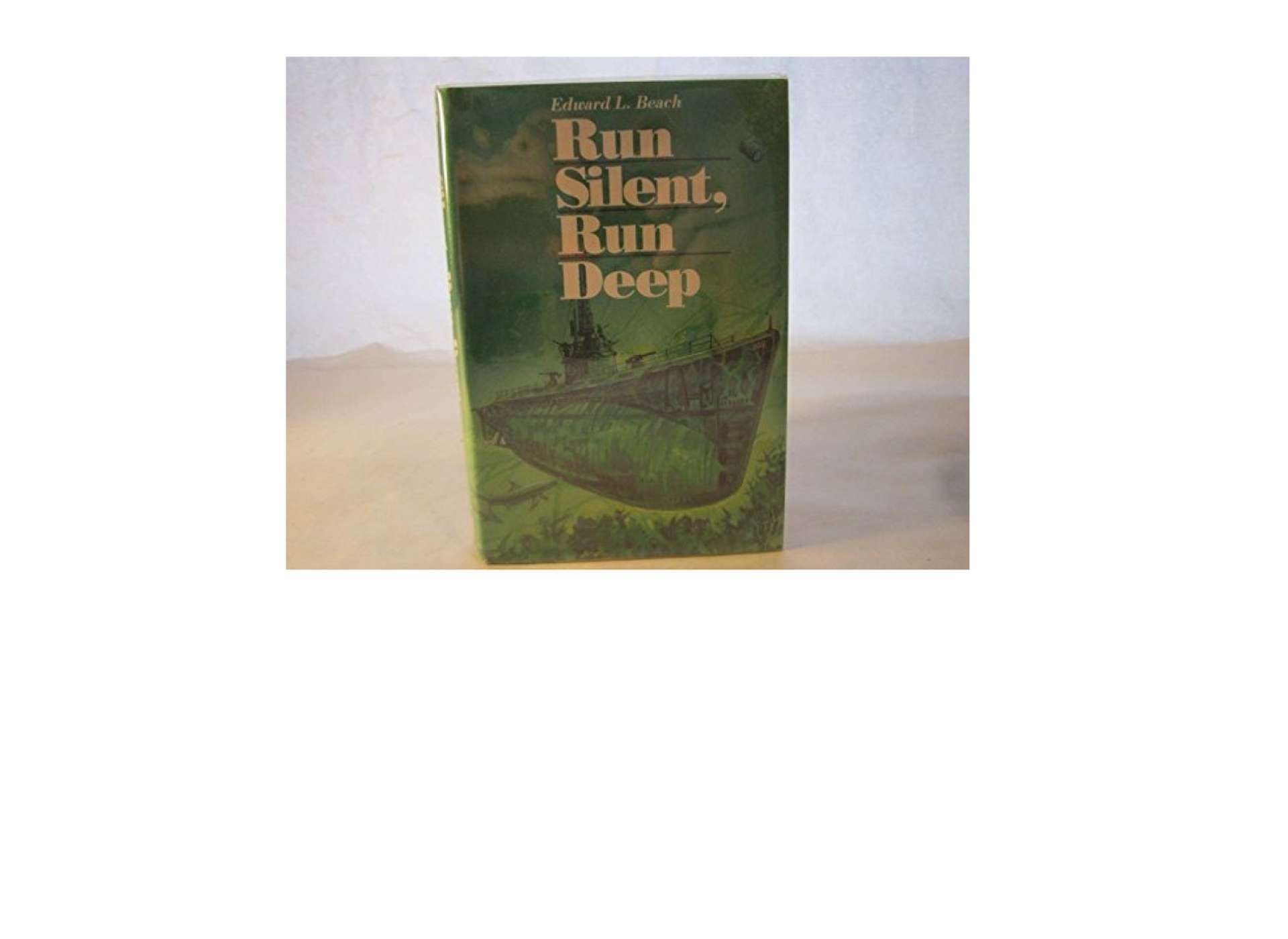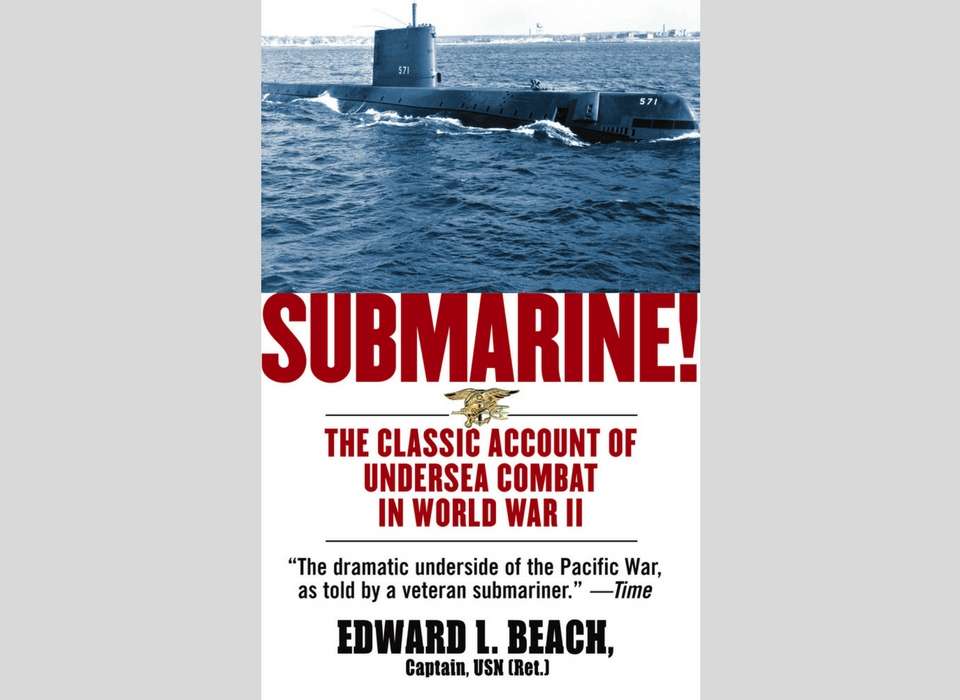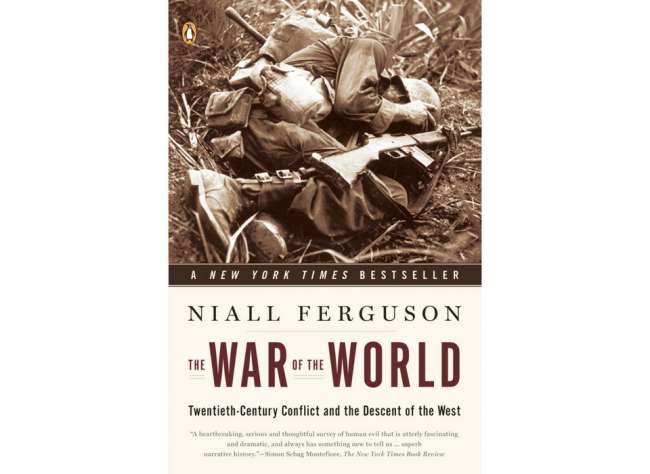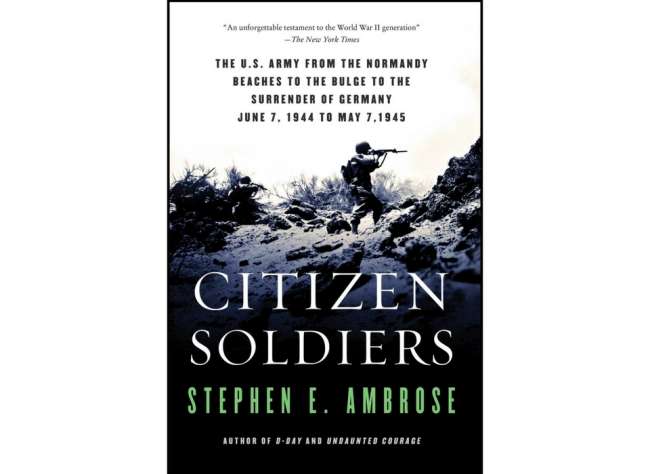“On July 20, 1943, USS Wahoo completed her overhaul in Mare Island Navy Yard, and departed for Pearl Harbor, carrying her skipper, Mush Morton, into his last action with the enemy and to his final resting place somewhere in the Sea of Japan. But before Wahoo left, her executive Officer, whom Morton had once characterized as ‘the bravest man I know,’ was detached and given command of the uncompleted Tang, then building at Mare Island. The two men separated with visions of meeting in the not-too-distant future—perhaps to carry out combined operations together. Less than three months later Mush Morton and his Wahoo were dead.
“Now, O’Kane was not an oversentimental man, and he was as ready as the next to accept the trials of war and the losses that inevitably must come with them. But only one who has experienced the extinction of a whole unit of comrades without trace can fully appreciate the icy fingers which must have clutched around his heart when he received the grim news back in the temporary safety of Mare Island. The effect, perhaps, was not fully evident, since he simply went on with his preparations to ready Tang for war. Only O’Kane himself—and perhaps even he did not fully realize how deeply the iron had entered into his soul—could have given a hint of his dedication. For Tang and Dick O’Kane had a mission of vengeance to carry out.”
– Captain Edward L. Beach, Submarine!, pages 173–174
When I was a child, my family vacationed during summers at my uncle’s small beach house in Waveland, Mississippi, located on a sandy hill just a few hundred yards up from the beach and warm breezes coming off the Gulf of Mexico. There was a small bookshelf in the den, and I found a book with a green jacket that included a shark and a submarine on the cover (see photo below). Thinking that the story would have to incorporate the shark, I started reading at night on the screened-in front porch about how the submarine skipper was involved in a duel with a Japanese destroyer captain named Bungo Pete somewhere far off in the Pacific Ocean during World War II. The novel was the classic Run Silent, Run Deep by Commander Edward L. Beach, and I found out that he was a real-life submarine captain and veteran from the war.
Beach later wrote Submarine! as a historical accounting of the service of the most notable submarines that served during the war, and the above passage describes the relationship between the legendary submariner Captains Dudley “Mush” Morton and Richard O’Kane. The passage is memorable for its insight into how the loss of Morton’s Wahoo in late 1943 drove O’Kane during his command of Tang to even greater carnage against the enemy during five war patrols in 1944.
Today we know that Wahoo was sunk on October 11, 1943, in the La Perouse Strait by an aerial bomb dropped by a Japanese aircraft. But readers might imagine being a family member of one of the crewmen, or try to imagine being Richard O’Kane. Back in Pearl Harbor waiting for Wahoo to return, O’Kane did not know what had happened. It was only when Wahoo failed to return on time, and then with each passing day and week, that the uncertainty of what had happened to his mentor and friend could be dispelled. But not dispelled with knowledge—instead, O’Kane would be filled with an awful, rising certainty that Morton and his crew would never return, and that feeling would fuel an anger and ruthlessness that could only occur during wartime.
Commander Edward Beach knew all about his comrades in arms, Morton and O’Kane. In Run Silent, Run Deep the main character loses his best friend when the skipper and crew fail to return from a war patrol, and then is driven by rage to take great risks and exact an inhuman revenge against the surviving Japanese crew in the water after he smashes Bungo Pete’s destroyer. In the fictional account, he feels morally ambivalent afterward. His revenge is somehow unsatisfactory, even though he was utterly compelled to do it. But it is wartime, and for his actions he will receive the Medal of Honor. As a child, I learned something for the first time in that book about the nature of killing in war. But it was still only a child’s understanding.
My uncle’s former beach house was destroyed under the 20-foot storm surge of Hurricane Katrina in 2005. About seven years later, I visited the site, and all that remained was the solid concrete front steps that led into the screened-in porch. The old copy of Run Silent, Run Deep had vanished along with everything else. But my memories had not vanished. And although as an adult and a historian I can attempt to imagine and comprehend, I don’t think anyone who has not experienced it can truly understand how memories must have driven Richard O’Kane and all those who lost someone aboard one of the 52 American submarines from World War II that remain on Eternal Patrol.
Notes: Notes: This is the seventh and final post in a series exploring books about submarine warfare during World War II. Read Part One. Part Two. Part Three. Part Four. Part Five. Part Six. In a parallel series of History Through the Viewfinder posts, Dr. Huxen is revisiting the making of the interactive exhibit Final Mission: USS Tang Submarine Experience. Read Part One of that series. Part Two. Part Three. Part Four. Part Five. Part Six.


“A place can evoke the history that occurred there, but through words our minds truly gain perspectives and understanding of what it was like to know, feel, experience, hope, fail, triumph, and live through events from which we ourselves were absent. The written word is our most intricate map to retrace and reconstruct what we think happened, and ultimately brings us back to ourselves.”
– Keith Huxen, PhD, Senior Director of Research and History, The National WWII Museum
Keith Huxen
Keith is the former Senior Director of Research and History in the Institute for the Study of War and Democracy at The National WWII Museum.
Cite this article:
MLA Citation:
APA Citation:
Chicago Style Citation:










![Max Fuchs, New York City cantor, sings as Rabbi Sydney [sic] Lefkowitz, Richmond, VA, conducts the first Jewish services from Germany.](/sites/default/files/styles/max_650x650/public/2025-10/image1.jpg)

